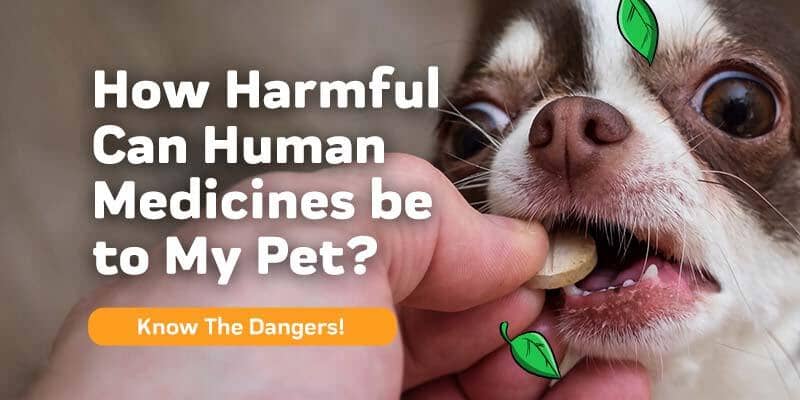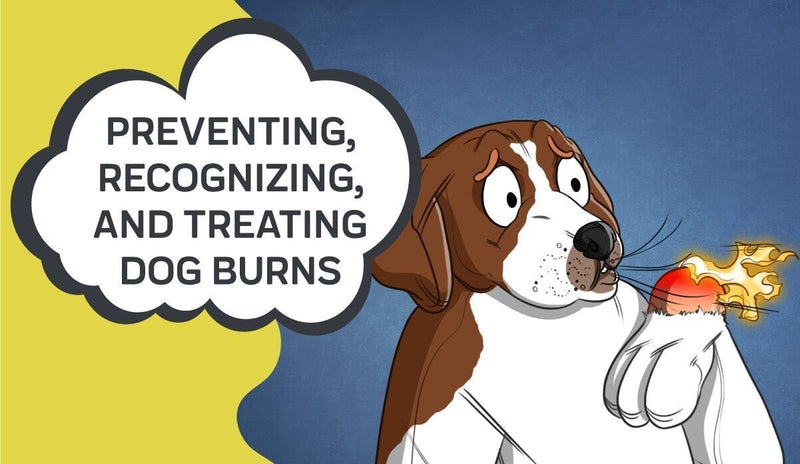Dog Glaucoma Home Remedies: The Top 10 Natural Treatments
![]() Reading Time:
Reading Time:
Taking care of dogs is rewarding, but it isn’t always easy. If your dog suddenly develops an abnormal condition and you aren’t sure what to do, it can be very stressful. You only want what’s best for your pet, but sometimes you can’t afford extensive veterinary visits.
Luckily, some conditions can be treated relatively affordably at home. One such condition is glaucoma. If you have ever seen a dog, particularly an older one, with cloudy or discolored eyes, the dog likely has glaucoma. But what is it, and what are the home treatments you can use?
Here is a brief guide to glaucoma in dogs, and some natural, affordable remedies to make them comfortable without going for broke.
What is Glaucoma?

Glaucoma is a common eye disease in dogs that, if left untreated, can eventually lead to loss of vision and complete blindness. It is a chronic condition, and many canines suffer from primary glaucoma and secondary glaucoma.
Though the condition may be inherited, it is ultimately caused by decreased or blocked drainage of the aqueous humor in a dog’s eyes. Many veterinary treatments, such as eye drops, for the condition, target the drainage pathways. This blockage can eventually lead to permanent vision loss if the optic nerve is damaged.
Humans can suffer from glaucoma just as dogs do. Dog glaucoma causes an increase in eye pressure that can cause irreparable damage to your dog’s eyes, especially the optic nerve if left unchecked. Increased eye pressure is not the sole indicator of the eye disease, but it is most commonly associated with it. However, it is treatable and can even be handled with home remedies if caught early.
Primary GlaucomaPrimary glaucoma in dogs is an inherited disease and is the most common cause of decreased eye health in dogs. The risk increases as dogs get older, and there are some breeds more pre-dispositioned to develop it in later years. Some of these breeds include:
- Siberian Huskies
- English Cocker Spaniel
- Border Collies
- Basset Hounds
- Golden Retrievers
- Shiba Inus
- And more!
Secondary glaucoma is most often caused by a physical obstruction to the aqueous humor drainage pathways, affecting the pupil. This happens in primary as well, but in secondary, it is not due to an inherited trait. Canines with peculiar face shapes like the Chinese crested terrier or the shar-pei are more likely to develop it this way.
Symptoms of Glaucoma
Though different, both primary glaucoma and secondary glaucoma share common symptoms. The most common symptoms of glaucoma include:

- Constant, repetitive blinking
- Cloudiness or discoloration
- Dilated pupils
- Rubbing their eyes with their paws
- Redness in the blood vessels
- Loss of vision
- Swollen eye
If your dog shows any symptoms of glaucoma, it may be time to swing by the vet. If you can’t afford surgery or serious medical procedures, that’s okay. There are a few home remedies to treat more mild cases of dog glaucoma.
How to Treat Glaucoma in Dogs? 10 Best Remedies to Use
Like most medical conditions, dog glaucoma can be treated from home if the case is mild or caught early enough. So what are these dog glaucoma home remedies? Here are the top 10 best glaucoma relief options you can do right in your home.
1. Vitamin C
Low levels of Vitamin C in the body has been linked to vision loss. Dogs do make Vitamin C on their own, but adding it to their diet as a supplement isn’t a bad idea for their eye health. You can do it naturally by adding certain foods to their meals, such as dandelion or alfalfa powders. Be sure to do some research about how much you need to add.
You can also feed them Vitamin C supplements as a pill, but you should carefully dose out how much you have to feed them in these cases. Using foods naturally rich in Vitamin C is a safer route to go. Either way, though, adding this to their diet will definitely benefit your dog’s eyes.
2. Magnesium
Magnesium has been shown to improve blood flow by relaxing the blood vessels. This is another nutrient you can add to your dog’s diet in an easy way.
Phytoplankton, found in the ocean, are a great source of magnesium. A powder supplement has been created from this phytoplankton, and it can be easily absorbed into the body. Only a very small sprinkle is needed for most dogs.
3. CoQ10
CoQ10, or Coenzyme Q10, is a great resource for your dog’s overall health, not just as a glaucoma aid. It’s commonly used to treat nerve and inflammatory conditions in canines and other animals, and it’s totally safe for them to take.
You can find it in most pet stores on the shelves. You can add it to their food, which is probably the easiest route, or give it to them directly. The dosage varies by body weight.
4. Carotene
Carotene, which is typically found in very colorful foods such as carrots, is especially beneficial to dogs' eyes (and humans, too). Other foods contain carotenes and carotenoids if your dog is opposed to carrots, so don’t fret!
Carotenes are important to the formation and protection of cells in and around the eyes. Adding these to your dog’s food won’t magically repair their sight, but it will help keep their vision working longer and keep them strong for a while.
5. Bilberry
Bilberry extract comes from a plant similar to blueberries and is specifically known as the “vision herb.” The active ingredients in this extract have been proven to be beneficial to eye health and vision.
They are also rich in antioxidants. Antioxidants are important to overall health, not just their sight.
6. Fennel
Fennel is another plant with known vision benefits, as well as other health factors. One way to use it to help your dog’s affliction is to make a wash by soaking fennel seeds in water. This “seed water” can help soothe the aches and inflammation caused by the disease.
If the eyewash seems like a hassle or you know your dog won’t be a fan of water on their face, you can easily add fennel to their dinner. The general rule of thumb is to add 1 tsp for every 10 pounds of your dog’s body weight.
7. Aconitum Napellus
Glaucoma can have a very quick onset in some dogs, adding to their distress. Aconitum Napellus is a homeopathic remedy typically used to treat shock and distress in canines, and it’s a good addition to a glaucoma treatment plan at home.
It’s safe for humans too. Consider adding it to the treatment regimen for your benefit and your pet’s. It doesn’t necessarily treat the symptoms themselves, but it helps relieve distress and shock from a sudden illness, including this one.
8. Spinach
Spinach is another food rich in carotenoids but is often more palatable for dogs than carrots or other foods with beta-carotene. Spinach is also rich in iron, which is important for healthy blood flow. This, in addition to strengthening ocular tissue, makes spinach a very valuable at-home treatment.
The best option is to add raw, organic spinach into your dog’s normal dinnertime routine. Like fennel, a good rule of thumb is 1 tsp of spinach for every 10 pounds of your dog’s body weight.
9. Astaxanthin
This is a specific type of carotenoid, but unlike spinach and carrots, these are specifically keto-carotenoids. It’s mostly found in microalgae and shellfish, and it’s a powerful substance (in a good way). It’s one of the only substances that can actually cross the barrier to reach the retina and help protect the tissue and cells of the eye.
This can be given as a supplement in pill form, or your dog can get it naturally from wild-caught Pacific salmon.
10. CBD Oil
CBD oil is used mainly to relieve pain and discomfort for your dog. It doesn’t necessarily treat glaucoma directly, but it has been known to have anti-inflammatory properties.
A few studies are few and far between, where there was a possible link between ocular pressure and CBD oil. However, this connection is not confirmed, and many vets still recommend CBD oil for reducing discomfort from glaucoma.
Conclusion
Dog glaucoma is frightening and stressful for both you and your pet. It can also be significantly uncomfortable even in the early stages, and it’s totally normal to worry about affording treatment. The unfortunate reality of glaucoma in dogs is that there’s no way to completely prevent vision loss; however, you can ease their discomfort and the onset.
You can pay for the veterinary glaucoma treatments, or discuss these natural options with your vet to find out what will work for your pup. These methods are tried and true, and your dog’s comfort is the most important thing. If you’re tight on funds or are looking for a more natural solution that you can do at home, give a few of these methods a try.
Sources:
Diagnosis of the Canine Primary Glaucomas
Glaucoma Fact Sheet
Acute Glaucoma
Glaucoma in Dogs
Glaucoma in Dogs














